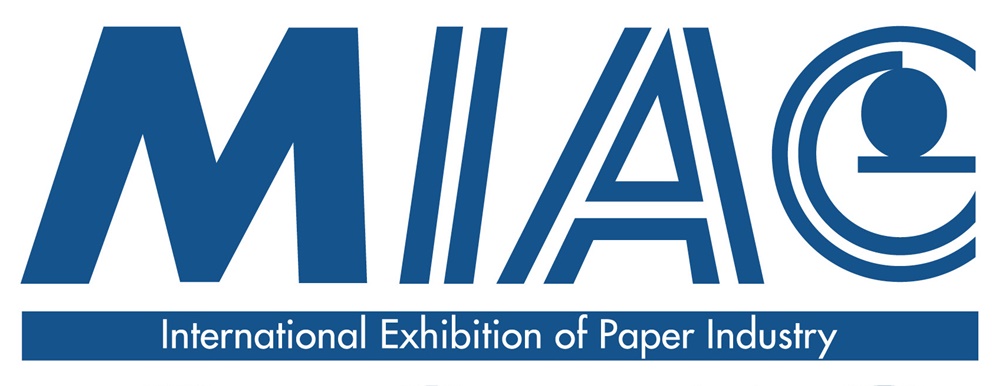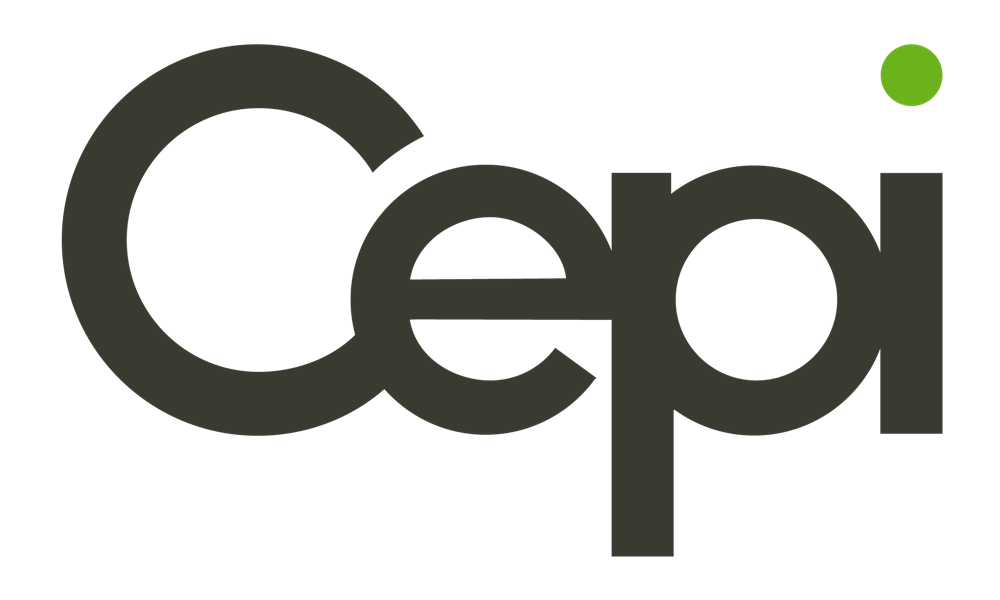NEWS
EU Parliament still needs to take into account what has already been achieved in the paper and board sector
Voting on the Packaging and Packaging Waste Regulation, the EU Parliament’s ENVI Committee endorsed definitions of ‘recyclability’ and ‘high quality of recycling’ that still needs to take into account both scientific evidence and the practical experience of a well-functioning recycling system for paper and board.
The text voted today by the ENVI Committee includes a requirement to recycle packaging in a closed product loop, meaning that it is recycled in the same or a similar product application. This makes no sense for paper and board, where different paper products are efficiently recycled together. Recycling in the same product application would be an unnecessary barrier to paper recycling without bringing any benefits to its quality. It would also require increased transport of packaging for recycling within Europe in order to direct packaging to specific mills. The pulp and paper industry calls for the EU to consider a material loop, rather than a ‘closed product’ one.
A better point of refence for the definitions would have been the quality of recycled materials and their potential to substitute primary raw materials. Recycling is the main source of fibres for the pulp and paper packaging sector, lowering the need for wood. Today, 75% of paper-based packaging is made from recycled materials. This ‘circular first’ sourcing of material is part of an economic model that places Europe as the global recycling champion. In the EU, paper and board packaging is recycled more than all other materials combined. There is a well-functioning market for secondary raw materials in the paper and board industry. In 2022, in Europe, 49.1 million tonnes of Paper for Recycling were used to make new paper and board out of 54.9 million collected.
With an 82.5% recycling rate for paper packaging, paper and board also already far exceeds legal recycling targets set for 2025, which are the most stringent amongst all materials. Nevertheless, paper packaging producers and recyclers have pledged to reach a 90% recycling rate by 2030, above the current legal requirement of 85%. To achieve this, experience shows that the main prerequisite would be to improve the separate collection of paper and board throughout Europe, which the EU Parliament’s vote today acknowledges. Cepi supports the introduction of a 90% separate collection target for packaging materials by 2029.
Recyclable and reusable options are complementary. Opting for the most circular packaging model should be the key objective of this Regulation. It should be taken into account that paper packaging is not only highly recycled but also sourced from renewable content and in a way that is resource-efficient.
The opinion of the ITRE Committee on reuse targets for packaging and restrictions on packaging formats, concurred with this approach but was not taken into account in today’s vote. A circular model would recognise the benefits of packaging made of renewable material, and with a high recycling performance. It would allow paper packaging to fulfil its potential without completely replacing it with a new packaging model largely based on fossils, and which environmental performance is yet to be seen.
Says Jori Ringman, Director General Cepi, Confederation of European Paper Industries: “It is not too late for the Parliament, as the Institution representing the voice of EU citizens, to acknowledge all the benefits of the EU so efficiently recycling a material that is renewable, and sustainably sourced and managed. This is already a world class recycling system, the result of billions of euros of private but also public investment. We should not aim to break what works, but to make it better.”








